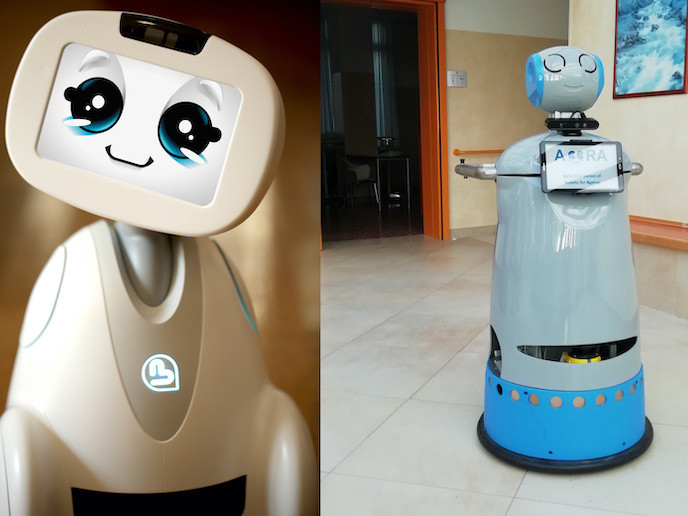Innovative wearable device to track indoor and outdoor air quality
Air pollution is a major environmental risk to health, affecting everyone in developed and developing countries alike. Ambient air pollution, made of high concentrations of small and fine particulate matter, is the greatest environmental risk to health, causing more than 3 million premature deaths worldwide every year. Indoor air pollution can have the same toll on human health, with an estimated 2 million premature deaths having been reported mostly in developing countries. However, exposure to air pollutants is definitely beyond the control of individuals. Up until now, there has been no system on the market for personal monitoring of the air and screening potential environmental health hazards. Researchers with the EU-funded MSP (Multi-sensor-platform for smart building management) project successfully designed novel 3D-integrated multi-sensor systems to help combat this enormous problem. The MSP multi-sensor system features can detect harmful and toxic gases, sense particulate matter and ultrafine particles, detect infrared, visible and ultraviolet light, and also measure temperature and humidity. Becoming a mobile environmental monitoring station ‘The MSP demonstrator integrates a variety of highly sophisticated gas sensors based on nanowires, nanoparticles and graphene, as well as optical sensors for ultraviolet, visible and infrared light,’ says project coordinator Anton Köck. The system is implemented in a wearable wristband and comprises 57 sensors in total, of which 52 are gas sensors. Armed with this information, wristband wearers might seek cleaner air by taking a certain street or opening the window to a smoky room. Equipped with such a tool, wearers are empowered to assess their own environment and take actions to improve it when needed. Nanotechnology sensors meet conventional electronics The project developed highly competitive production technologies, enabling flexible integration of nanotechnology-based sensors with conventional electronic chips. To meet desired device requirements such as high performance, low power consumption and a small footprint, researchers used Through-silicon via (TSV) technology, which is the building block that enables 3D-integrated circuits. TSVs are holes created in a silicon wafer using an etch process. Interconnects were formed by filling these holes with tungsten. ‘However, not all devices were based on CMOS technology. This urged researchers to adopt a mixed approach combining wire-bonding and the TSV approach, which was a big issue for the overmoulding process,’ Mr Köck explains. Researchers employed TSV technology for the gas, temperature and visible light sensors. For other types of gas sensors, including the infrared and the ultraviolet sensors, wire-bonding technology was used. Air quality sensors in smartphones and smart houses MSP developed a variety of highly sophisticated sensors as elements of a toolbox that enables a highly flexible plug-and-play 3D integration of these sensors to miniaturised smart systems with significantly advanced functionalities. This approach should provide the customer with a high flexibility when designing multi-sensor systems. From the very beginning, MSP was focused on developing innovative smart multi-sensor systems for both indoor and outdoor air quality monitoring. Other possible applications include smart building management, smart homes and consumer electronics. Smart air quality monitoring with sensors for particulate matter, carbon dioxide, temperature and humidity available on smartphones, tablets or in smart homes can be of special benefit for people suffering from asthma attacks or cardiovascular diseases.







